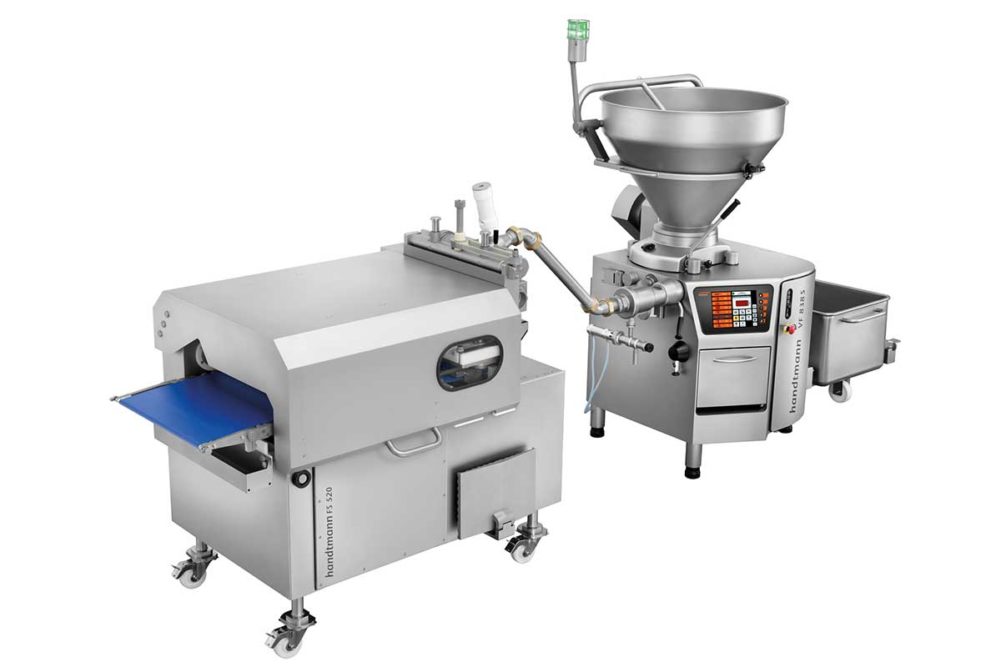In today’s bakeries, time is money. That’s why every bakery is unearthing ways to bolster capacity and trim operating costs. In addition to automating production, high-volume bakeries are focusing on resolving sanitation and maintenance issues to reduce changeovers, slash downtime, enhance product quality and ensure food safety.
Some options are new. Other alternatives have been around for years, but they are now being employed in new ways and becoming more widely accepted in the baking industry.
Take antimicrobial light, which had been used prior to packaging in some European bakeries for years. However, bakers are using new and advanced versions of the technology to improve hygiene and address sanitation issues, noted Joakim Nordell, export sales manager, Stewart Systems and Baker Thermal Solutions, which are Middleby Bakery companies.
He noted that antimicrobial lighting can be used on proofers, coolers and packaging equipment to reduce and even prevent mold and other microbial growth, resulting in longer periods between cleaning, reduction in chemicals and the manpower needed for cleaning. It can also be used for general use in production areas, offices and warehouses.
In some high-speed bakeries with more dedicated production lines, he added that continuous systems for extrusion or sheeting, along with proof and bake operations, enable operations to run without requiring extended shutdowns for sanitation or preventative maintenance.
“Specifically, volumetric dividers generally require cleaning once a shift to maintain accuracy. They also require change parts for different scaling ranges,” Mr. Nordell said. “However, continuous extrusion systems can run for weeks on end without the need for cleaning. And the digital control and recipe management allows quick changeovers with little downtime required.”
Sanitary design also provides long-term savings when it comes to reducing downtime for cleaning equipment. Some companies rely on their experience in the meat and dairy industries to enhance and expedite scheduled sanitation processes. John McIsaac, vice president, strategic business development, Reiser, said sloped surfaces and self-draining hoppers simplify cleaning while diagnostics remind plant managers when to schedule maintenance or pinpoint potential issues as they occur.
Ken Hagedorn, vice president bakery sector, Handtmann, pointed out advances in technology have improved both sanitation and durability of makeup equipment, allowing companies to offer extended warranties as well as boosting uptime and throughput on production lines.
Another time-saving initiative that’s becoming more prevalent involves self-monitoring equipment, noted Josh Hughes, sales account manager, Burford Corp., a Middleby Bakery company. He said the Burford Connect system can be added to or retrofitted on its Twist Tyers to ensure greater uptime in the long run.
“If the status of a piece of equipment can be tracked and monitored for trends, and that data acted upon before a situation becomes critical, this all helps prioritize what equipment needs to be addressed during scheduled downtime,” he said. “It also helps lessen the amount of time required to review that equipment’s components and lessens the risk of unscheduled downtime.”
Moreover, for food safety, vision inspection technology is often used to detect foreign material on the top and bottom surfaces of 100% of the products passing on the line, which can reduce labor prior to packaging, said Jon Gilchrist, engineering manager, KPM Analytics.
“The size of the contaminants that can be detected is becoming smaller and smaller, thanks to the introduction of higher-definition cameras and more capable processing equipment,” he said.





